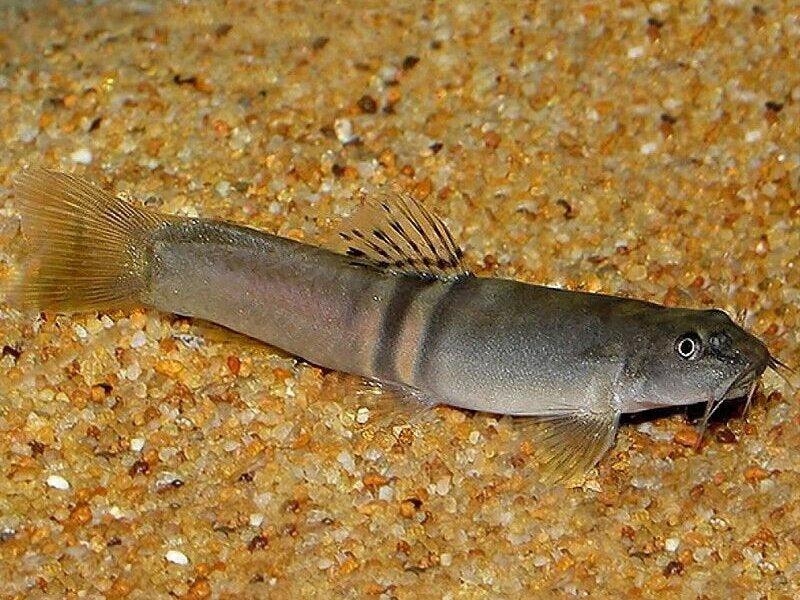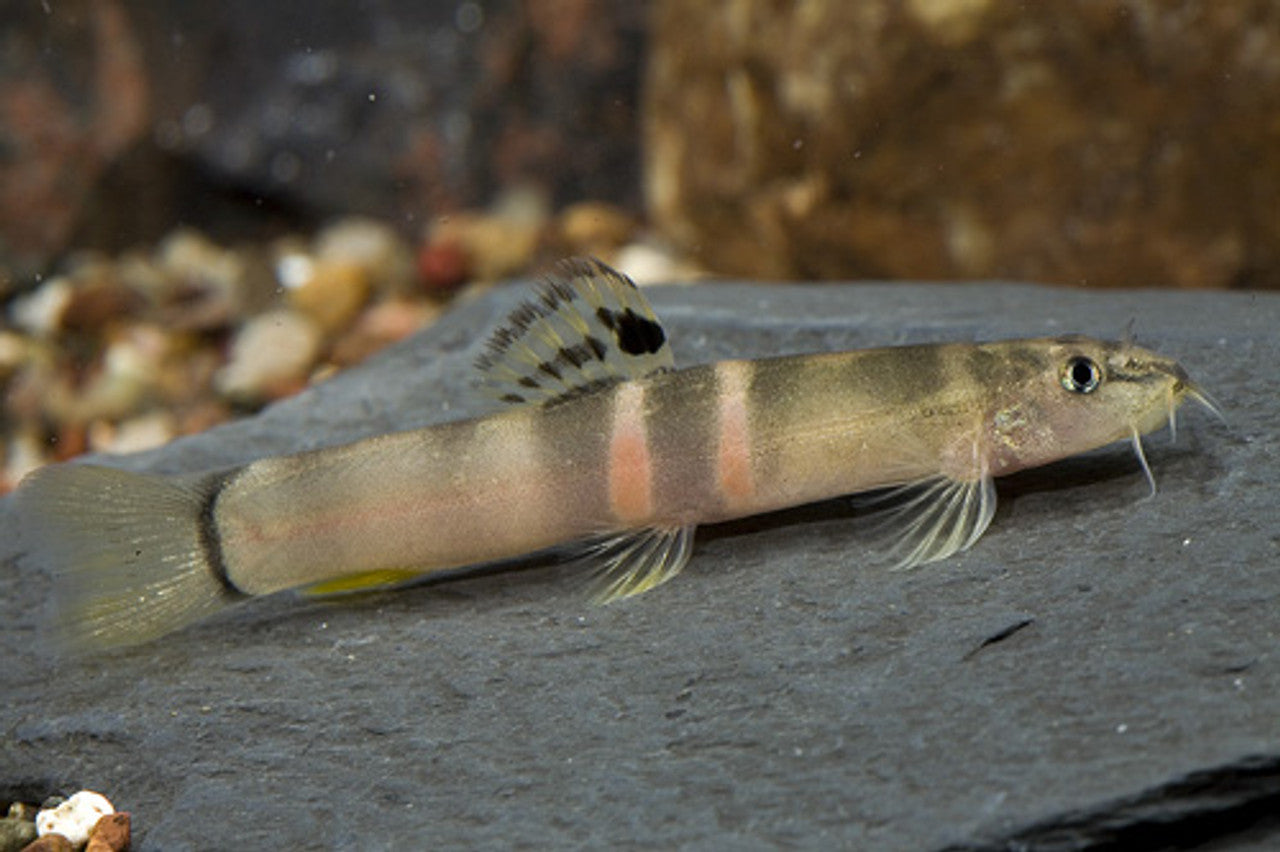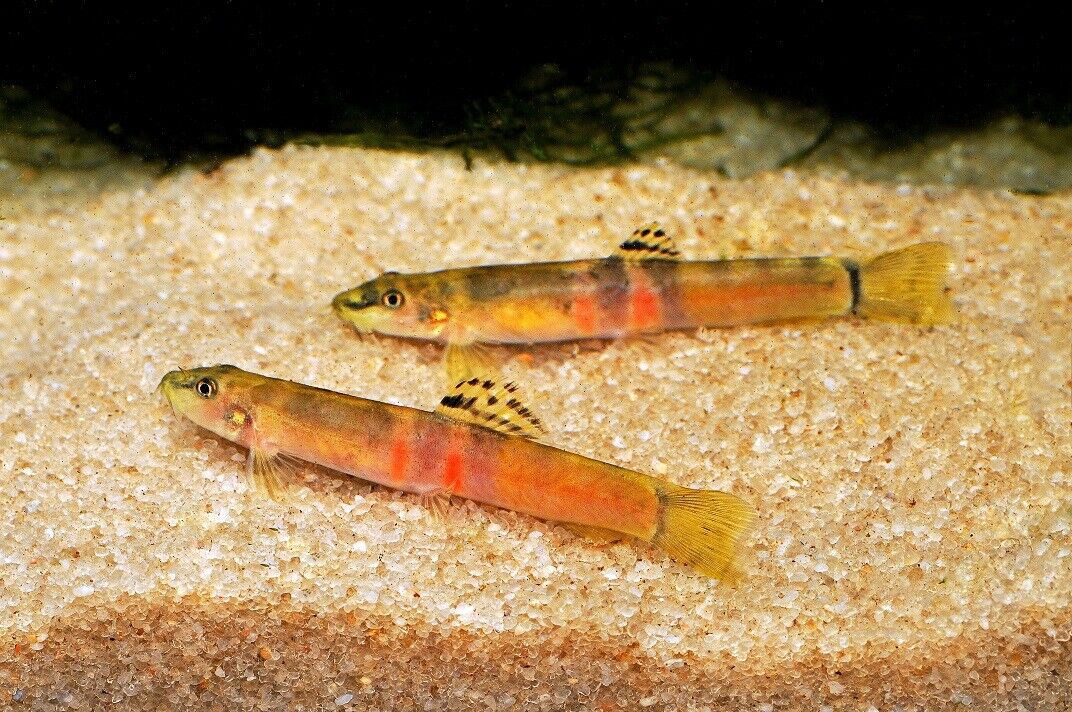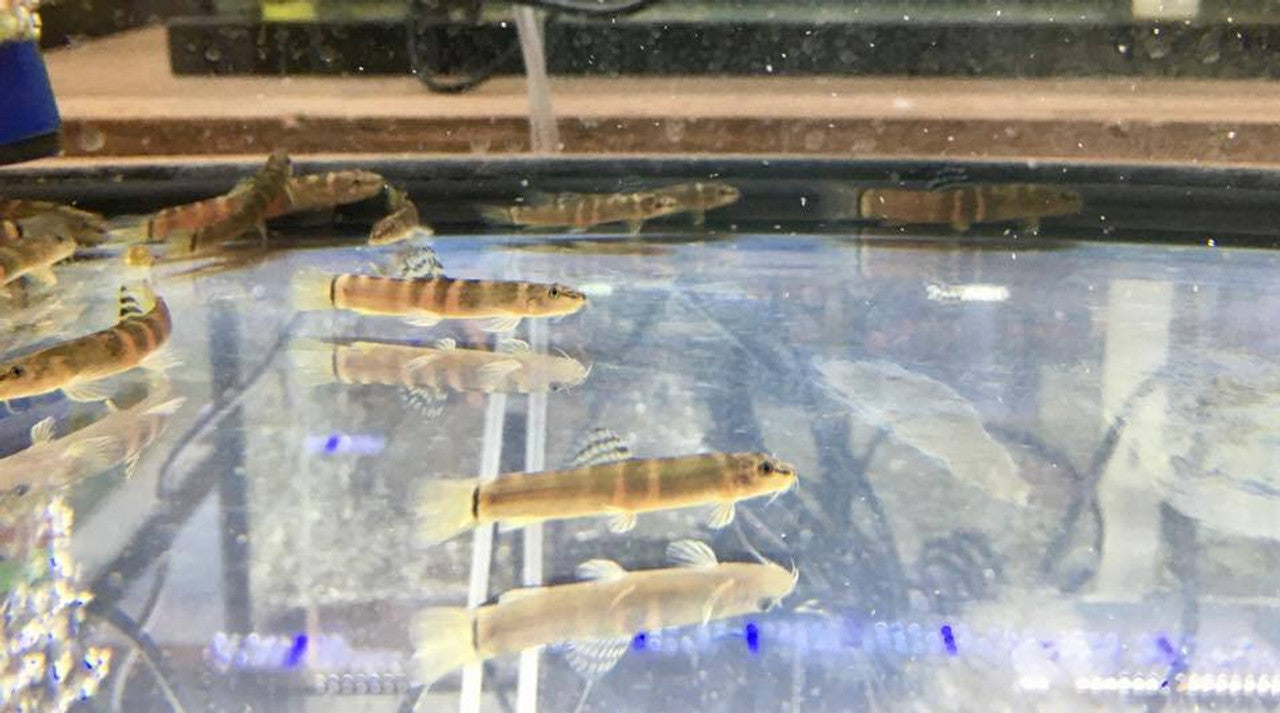Sumo Loach (Schistura balteata) - Live Fish
Sumo Loach (Schistura balteata) - Live Fish
Total items
Product subtotal
Detailed Description
Detailed Description
The Sumo Loach (Botia histrionica) is an intriguing and unique freshwater fish species that belongs to the Botiidae family. Known for its distinctive appearance and active nature, it is a popular choice among aquarists looking to add an interesting bottom-dwelling fish to their community tank. With its bold color patterns and inquisitive personality, the Sumo Loach stands out among loach species. Here is a detailed description of this fascinating fish:
The Sumo Loach, a robust and active bottom-dweller, is prized for its striking black-striped pattern and inquisitive nature. Native to Southeast Asia, it reaches 6-7 inches and requires a spacious 30+ gallon tank. Its elongated, muscular body is ideal for navigating the substrate.
These omnivorous loaches thrive in groups of 3-5, enjoying warm, slightly acidic water (74-82°F, pH 6.0-7.5) with soft to moderate hardness. They need a well-planted tank with caves, rocks, and sandy substrate to mimic their natural habitat. They are active scavengers, consuming flakes, pellets, and live/frozen foods.
Sumo Loaches are generally peaceful but can be territorial, especially in small tanks. They are compatible with medium-sized, peaceful fish like tetras and rasboras. Breeding in captivity is rare. They are sensitive to poor water quality, so regular maintenance is vital. They live 6-8 years with proper care, which includes stable water conditions and ample hiding places.
Product features
Product features
Materials and care
Materials and care
Merchandising tips
Merchandising tips
Share










